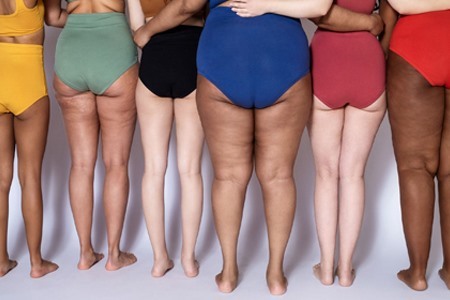Newsletter
You can sign up for our e-mail newsletter to be informed about the developments.


To fully address this issue, it is essential to first identify what is causing cellulite in the individual’s body, map the distribution of cellulite, and determine the level of cellulite present.
Grade 1 cellulite: The appearance described as “orange peel” becomes visible when the skin is pinched. This type is more commonly observed in young women.
Grade 2 cellulite: Often seen while standing or with legs crossed, it creates a dimpled appearance on the thighs. When the legs are pinched, the orange peel texture becomes more pronounced with more visible lumps. It is noticeable not only on the thighs but also on the hips and buttocks, with a wave-like appearance. It is commonly found on the thighs, abdomen, hips, and arms.
3. And Grade 4 cellulite: Not only when sitting and being compressed, but also in a horizontal position, it is noticeable. It can occasionally cause pain. It is a common type seen in women during menopause. It is observed on the thighs, abdomen, arms, hips, and buttocks.
Cellulite is not a destiny. Cellulite can be prevented with proper nutrition, exercise, eliminating habits that cause cellulite, and using supportive treatments.